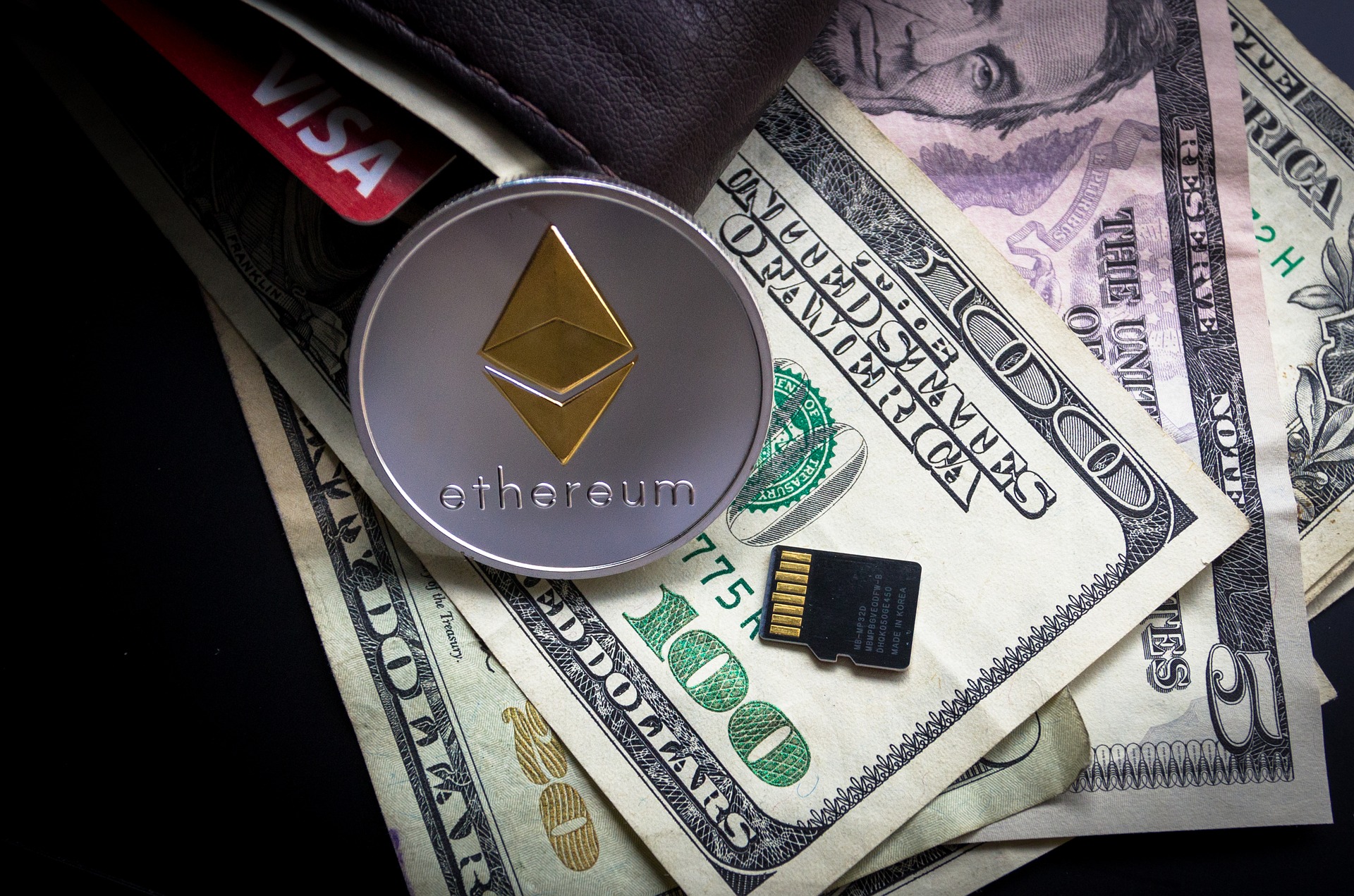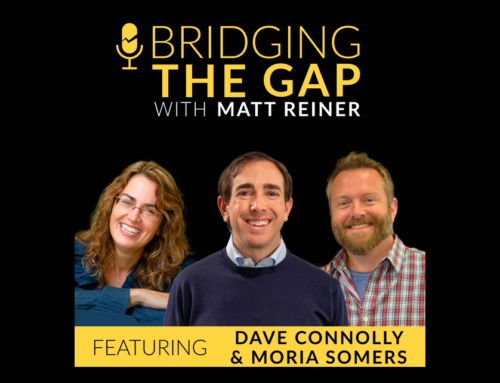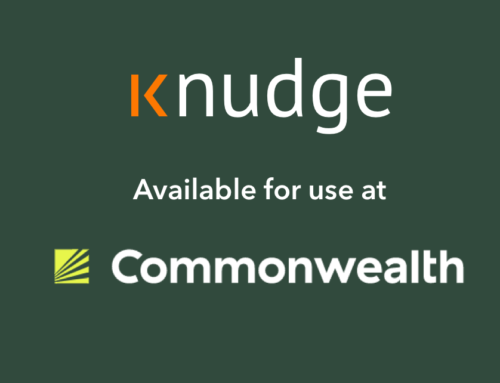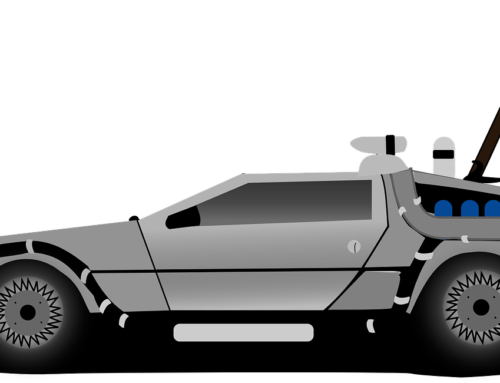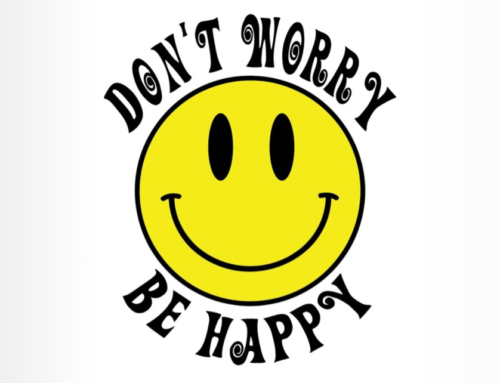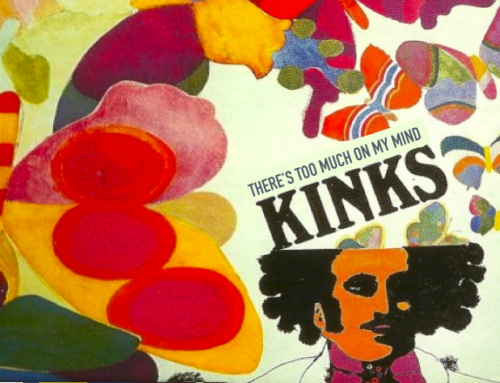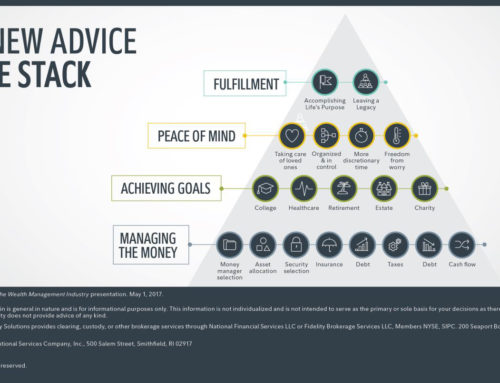Have your clients begun to ask about crypto exposure, better known as digital assets?
There will be an entirely new asset class in the next five years ranging from cryptocurrency, non-fungible tokens (NFTs), Decentralized Finance tokens (DeFi), and possibly many more. How much do you know about crypto and the impact on the wealth management industry?
ProShares Bitcoin Strategy ETF (ticker: BITO) became the first BitCoin ETF available in the United States this October. BITO is the beginning of a new wave of “crypto-based” ETFs. Please note we will use the term digital assets instead of cryptoassets. As more ETFs begin to emerge, it will be essential to understand the underlying digital assets. Newer ETFs will contain multiple types of digital assets, not just BTC or ETH.
Should you or your clients want exposure to digital assets? This is how much you would have made clients if you invested $5,000 into these digital assets in June 2021:
- Bored Ape Yacht Club (NFT)
- Bored Ape Yacht Club (BYAC) is a collection of 10,000 NFTs released in April of 2021. By owning BYAC, users also have access to an exclusive digital store.
- A $5,000 investment in BYAC (purchasing one) would be worth $186,000 today (3620%)
- ETH (ETHER)
- ETH is the crypto coin released each time a block is created on the Ethereum Blockchain.
- A $5,000 investment in ETH would be worth $7,750 today (55%)
- BTC (Bitcoin)
- BTC is the crypto coin released each time a block is created on the BitCoin blockchain
- A $5,000 investment in BTC would be worth $7,500 (51%)
- Aave Token (DeFi)
- Aave is the governance token released by the decentralized exchange Aave)
- A $5,000 investment in Aave would be worth $4,725 (-5.5%)
Soon, clients will want exposure to these different digital asset classes. Here’s a brief description of each one. But first, let’s understand Blockchain since it’s the underlying technology behind any digital asset.
Blockchain: The first instance of Blockchain was mentioned in Satoshi Nakamado’s white paper. If you even have an inkling to learn more about digital assets, give his paper a read. In short, A blockchain is a distributed database that acts as a system of recording information in a way that makes it very difficult to change or hack. A blockchain doesn’t require a centralized authority to validate transactions. A blockchain stores data in fixed structures (blocks), creating a chain of verified transactions that acts as a distributed ledger. Traditional ledgers record transactions and require mutual understanding between transacting parties. A distributed ledger creates a publicly available ledger that is updated and verified by a node (a computer whose job is to keep a history of all transactions). A blockchain contains many distributed nodes, meaning transactions are verified by nodes agreeing which “block” should be added next on the “chain,” eventually forming a blockchain. Each time a chain is completed, a coin is created.
Cryptocurrency: Cryptocurrencies are created by blockchains. BTC, ETH, DOGE, and any other cryptocurrency are the result of a blockchain. Each different currency almost always comes from a separate blockchain. Bitcoin is the OG of any cryptocurrency. While the BitCoin chain is the oldest, there is not much being built on the chain today. The actual value of BitCoin is on the supply of the currency as the total production is limited. I like to think of BitCoin as digital gold. The second cryptocurrency to be aware of is ETH. ETH is the coin created by the Ethereum blockchain. The Ethereum blockchain is the most used today and broadly supports the NFT industry and DeFi industry through smart contracts.
Non-Fungible Tokens (NFTs): The most common use for an NFT is digital art, although there are multiple emerging use cases (like a direct way for a brand to interact with customers. Anyone can create an NFT, including famous artists, coders, Tom Brady, and even yourself. NFTs is a record on a blockchain (an immutable ledger that can record more than just virtual coins). These records represent digital art, text, video, and even pieces of code. Much like tangible art, these digital images are collected and exchanged. The most popular NFT exchange today is OpenSea.io
Decentralized Finance (DeFi): is a rapidly evolving financial sector growing from $1B in June of 2020 to $100B at this article. DeFi uses smart contracts powered by blockchain technology to allow open financial transactions. Transactions are transparent, permissionless, immutable, and immediate. DeFi removes barriers by not requiring credit history, income verification, identification, or social status. Instead, the only requirement is an internet connection. The open banking system allows anyone to participate while tremendously reducing the costs. DeFi offers significantly higher interest rates to those you wish to lend their digital assets. For example, at the moment, there is an “Aave” (a DeFi protocol based on the Ethereum blockchain) pool offering a 14.67% annual return (0.04% a day). Whereas a standard Bank of Ireland savings account for a retail customer in Ireland has an estimated annual return of 0.25% (0.0006% a day).
I hope you enjoyed this article on digital assets. Please let us know if you would like more information on digital assets and the wealth management industry, this is also a great article by Kitces we came across along with the Forbes crypto article We are creating templates for Knudge customers to share with their clients about digital assets. We expect an increase in tax questions related to the sale of digital assets this year.

